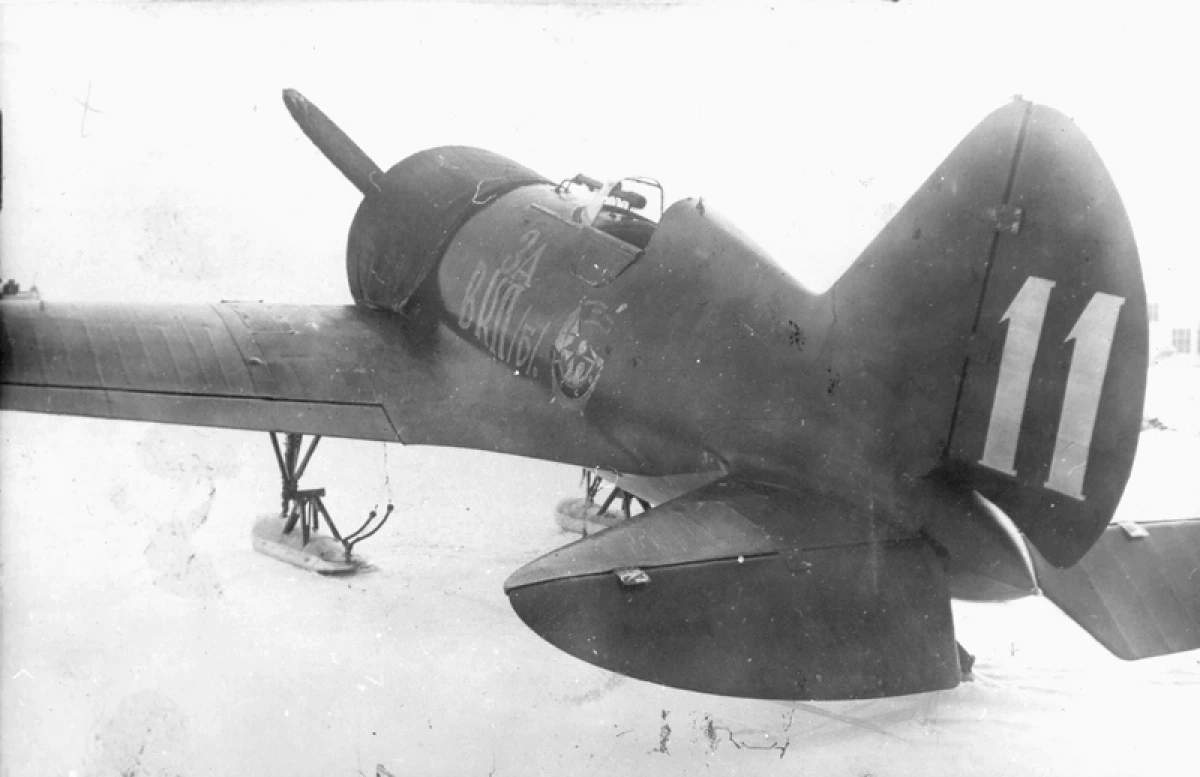
On the night of November 30, 1939, border guards reported to the Minister of Internal Affairs of Finland Urho Kalev Kekkonenu that Soviet troops switched the border in several places.
At 9 o'clock 15 minutes at Finnish time, the first three SB bomber appeared over Helsinki, throwing bombs at the small airfield and the suburb of Ticurila. For an hour later, the squadron of Captain Rakov (Air Force CBF) bombed the Finnish military base of Santahamin, located on the island of East Helsinki. (Rakov received the first "golden star" on February 7, 1940 for the bombing of Helsinki, the second - July 21, 1944).
On the same day, a new group of Soviet bombers dropped his deadly load to the city center. These eight DB-3 also belonged to the Baltic Fleet. 3rd squadron of the 1st Aviamol (CBF Air Force) under the command of Captain A.M. Tokareva received a task to detect and destroy the coastal ships in Hanko. Ships found failed. At 16.50 Moscow time, they dropped 600 bombs to the port. The pilots saw the last minute buildings, tanks with oil and ships (Tokarev became the hero of the Soviet Union on April 21, 1940).
Several bombs fell not far from parliament and Zoological Museum. Now there was no doubt - war began. Tokarev's bomb attack was the most destructive of all who were subjected to Helsinki. The densely populated area between the Technical University and the bus station was strongly injured. 91 people were killed, several hundred injured.
Soviet bombing led to the exclusion of the Soviet Union from the League of Nations on December 14, 1939. Subsequently, Helsinki was subjected to several more minor bombardments - 1, 19, 21, 22, December 25, 1939, January 13 and 14, 1940. In addition to the latter, as a result of which 6 people died, all others cost no victims. During the bombing, 965 people were killed, 540 were serious and 1300 easily injured. 256 stone and about 1800 wooden buildings were destroyed.
Some Soviet pilots in their memories noted that Helsinki's bombings were banned, as he was declared an "open city." In fact, the Finnish government of such statements has never done, in general, the actions of Soviet aviation on the reasons were limited. A total of 2.7 percent of the flight resource was spent on completing this task.
The aviation group, operating in the sky over the Karelian Crest, produced 1346 aircraft-departures on military industrial facilities, during which 1355.6 tons of aviation bombs were reset on nine military factories and four large warehouses, which amounted to 9 percent of the total tona spent by it War ammunition.
From mid-December, the weather improved, and the Army Air Force of the 7th Army raised all 6 bomber regiments for strikes on objects in Helsinki, which, Lakhta. Having complete superiority in the air (the valiant dawns of the Finns were simply not accepted into their attention), Ptuhhin began to send fighters to the storming of the front edge, as in Spain, networks on their weak gentle armament.
Although the acquisitions of the Moscow peace treaty were not large, but there was a combat experience gained in new conditions. A combat baptism of generation pilots 1916-1919 were received in Finnish war, which made the majority of the Great Patriotic War: S. Lugansky and P. Coshev, P. Muravyev and A. Semenov, B, Talalichin and P. Lhasoletov ...
According to memoirs of the Veteran of the Finnish War - the commander of the squadron "Choj" N.G. Sobolev: "Once the goal was not found. Returning to the Boezapaz - not ordinous. Bombed in Helsinki. And the case with the end. "
